Preventing Cancer: Risk Factors & Detox
A few simple interventions can prevent most cancers
Reportedly 1 in 2 people will deal with cancer during their lives. And it may be far more than that since cancer rates are skyrocketing in an accelerating way that may not be easy to model especially since the 5-6 billion people who received the COVID shots may be particularly at risk for “turbo cancers” as may some of those infected with SARS-CoV-2.
An ounce of prevention is worth a pound of cure: in order to prevent cancer you have to know exactly what causes it and even once you’ve cured cancer you need to know how to prevent its recurrence. In both cases you have to remove as many proximate causes as possible.
Like all chronic diseases cancer is multifactorial, which means that even in the face of a very carcinogenic exposure you may not develop cancer if you have few or no other contributing factors at play like genetic predispositions and lifestyle risks. Of course there are many things out of our control including our genetic inheritance, but we can still mitigate most of them - e.g. many lifestyle inputs alter which genes are turned on or off. Even perceived “bad” genes are almost always controllable.
Many cancer risks are individually quite small, but some of them combine in a multiplicative rather than additive way - meaning many individually tiny risks can combine to produce far higher risk than any one alone. For example if one risk factor gave you a 2% increased risk and another 5%, the combination if additive would be 2 + 5 = 7, and if multiplicative: 2 x 5 = 10.
What Causes Cancer?
We know cancerous cells exist in everyone all the time, but our immune surveillance systems kill them off before they can multiply enough to cause any problems.
So anything that speeds up the production of new cancer cells or diminishes immune surveillance could be implicated in cancer.
On the increased production side of the equation we have mutagenic forces like ionizing radiation, chemical carcinogens, and the umbrella effect of cellular aging (not your chronological age, but your biological age).
We are exposed to tiny amounts of ionizing radiation every day from the environment, during radiological procedures, flights and even from some foods that naturally concentrate minute amounts of radioactive elements (e.g. bananas, brazil nuts). 1 in 15 US homes has dangerously high levels of naturally occurring radon, which is the second leading cause of lung cancer after smoking. The only way to know if you are at risk is to test a building and if detected pay to install a radon mitigation system. A flight from the east to the west coast of the US will expose you to about as much ionizing radiation as a single X-ray (very low), and a hundred bananas will give you about as much radiation as you would normally receive from the natural environment in a day anyway.
Thank you for reading Dr. Syed Haider. This post is public so feel free to share it.
As with everything else the dose determines toxicity. Although X-rays have very low amounts of radiation. CT scans have much more and excessive CT scanning will appreciably raise the risk of cancer as summarized in a scientific review:
“Based on the risk estimation methodologies described above, the estimated lifetime cancer mortality risks from a single full-body scan are ,4.5 6 1024 (about 1 in 2200) for a 45 year old and ,3.3 6 1024 (about 1 in 3000) for a 65 year old [103]. The risk estimates for multiple scans, which would be necessary if full-body CT screening was to become a useful screening tool, are correspondingly larger. For example, a 45 year old who plans on undergoing 10 three-yearly full-body scans would potentially accrue an estimated lifetime cancer mortality risk of 0.33% (about 1 in 300) [103].”
Aside from excessive radiological procedures, especially CT scans, and the real risk of radon, generally speaking other common sources are not of much concern.
Chemical Toxins
Chemical carcinogens are another story.
“A chemical is any substance that has a defined composition. In other words, a chemical is always made up of the same "stuff." Some chemicals occur in nature, such as water. Other chemicals are manufactured, such as chlorine (used for bleaching fabrics or in swimming pools). Chemicals are all around you: the food you eat, the clothes you wear. You, in fact, are made up of a wide variety of chemicals.”
Water is a chemical, so obviously not all chemicals are bad by default, but the most widespread chemical carcinogens aren’t even popularly thought of as chemicals: highly processed foodstuffs like sugar and white flour are metabolic disruptors and chemical carcinogens; same goes for highly processed industrial waste products like vegetable seed oils (canola, safflower, sunflower, soybean, etc). There are also heavy metals like mercury concentrated in some fish like tuna, arsenic found in some rice, and lead still found in pipes even in the US that may affect the water.
Other chemical carcinogens are systematically ignored and minimized since they make our food far cheaper to produce and store and therefore greatly aid the government in covering up inflation that would otherwise lead to civil unrest if people couldn’t afford to eat. These include: highly processed lab-made chemical additives, conditioners, colorants, flavors, inadvertent industrial pollutants and deliberately sprayed pesticides that concentrate in both plants and the animals that feed on them. Home cleaning and personal care products are also full of carcinogens. Finally many of our medications and vaccinations may have chemical carcinogens like mercury and formaldehyde in them - though the quantities are minute and said to be harmless, this is disputed, since studies have not been conducted looking for synergistic effects when multiple toxins or multiple vaccines are combined and in general safety testing of childhood vaccines is not undertaken against placebo.
None of the above meet the strict definition of toxin according to the current version of the Merriam-Webster dictionary:
“a poisonous substance that is a specific product of the metabolic activities of a living organism and is usually very unstable, notably toxic when introduced into the tissues, and typically capable of inducing antibody formation”
What does quite clearly meet this definition of toxin is the spike protein produced in our own bodies by the SARS-CoV-2 virus or the mRNA/DNA shots (at least until they rewrite the definition to specifically exclude it).
Regardless, the more common modern usage of toxin includes any toxic substance regardless of whether it was the product of a living organism as explained by Britannica:
“toxin, any substance poisonous to an organism. The term is sometimes restricted to poisons spontaneously produced by living organisms (biotoxins).”
Biotoxins
The spike protein is just one of a number of biological toxins that can produce somewhat similar chronic illnesses. There are a number of chronic infections with symptomatologies that overlap with Long COVID and Vax injuries including Lyme disease, Borrelia, EBV, and CMV. Some people also suffer from chronic illness triggered by exposure to indoor mold spores.
There is no established link between cancer and Lyme, Borrelia, and mold toxicity - however these are difficult to diagnose properly and have not been well studied. They do cause chronic inflammation which is implicated in cancer risk. EBV and CMV have been linked to cancer and spike seems particularly prone to triggering rapidly progressive new cancers as well as cancer recurrences.
Other chronic infections that have been directly linked to cancer include HPV, Hep B, Hep C, H pylori and some parasitic flatworms.
Those with autoimmune disease create their own biotoxins in the form of antibodies that attack their own tissues. Some autoimmune diseases like rheumatoid arthritis and Sjogren's syndrome have been linked to elevated cancer risk.
“Regulation”
Whereas the FDA was originally tasked with regulating the safety and efficacy of substances meant to produce health, which you would assume are primarily beneficial and only in rare instances harmful, the EPA was tasked with regulating the safe use of substances meant to produce death on a massive scale - i.e. pesticides, rodenticides and herbicides - literal cellular toxins, which presumably have some safe dose for the much larger, higher order organisms that are exposed as a byproduct of their use.
But, just as the FDA was, in short order, captured by Big Pharma the EPA was quickly captured by Big Ag.
Pesticides
So we have government sponsored pseudoscience that minimizes the harms and maximizes the benefits to society in order to rubber stamp the widespread use of cellular toxins in agriculture despite independent research linking them to a wide range of cancers (and many other chronic diseases).
The most widespread pesticide in use is glyphosate, marketed as Roundup, but also found in many other glyphosate based products. One of the reasons it has become so prevalent is because its manufacturer Monsanto also created Roundup Ready GMO crops (corn, soy, canola, sugar beets, cotton, tobacco, alfalfa) that were resistant to its effects. So farmers could liberally spray Roundup to kill weeds without harming their crop. Between 1970 and 2016 there was a 100X increase in the frequency and volume of glyphosate use. Because of the widespread use of GMO seeds resistant to the pesticide, glyphosate use is expected to continue rising in the future despite it having gone off patent in 2000.
Glyphosate works by disrupting the shikimate chemical pathway in plants. Monsanto has argued it is non-toxic to humans because we do not utilize this pathway. However over half the beneficial bacteria in our gut do. Those bacteria produce essential amino acids, vitamins and short chain fatty acids. And glyphosate has other biological effects unrelated to its primary mechanism of action. It interferes with our liver detox pathways, decreases activation of Vitamin D, sequesters important minerals like cobalt, manganese and zinc by tightly binding them and making them unavailable to cells, and disrupts the synthesis and transport of sulfate.
Glyphosate toxicity takes a long time to develop. Paradoxically since it is an endocrine disruptor lower exposure levels over prolonged periods are more harmful than short term high level exposures, yet since Monsanto helped define the rules by which the EPA would evaluate toxicity this was not taken into account. Since high levels appeared safe, low levels were not tested. Safety studies did not continue beyond 3 months - far too short to detect cancer occurrence which can take years. Long term studies are only recently beginning to expose the negative consequences of long term low dose exposures which may even include transgenerational risks.
One independent study, by Mesnage et al, put it this way (highlights added):
“It is commonly believed that Roundup is among the safest pesticides. … Despite its reputation, Roundup was by far the most toxic among the herbicides and insecticides tested. This inconsistency between scientific fact and industrial claim may be attributed to huge economic interests, which have been found to falsify health risk assessments and delay health policy decisions.”
In 2020 Bayer, the corporate owner of Monsanto, agreed to pay $10.9 billion to settle about 100,000 lawsuits claiming Roundup caused non-Hodgkins lymphoma, however it did not admit liability or wrongdoing, will continue to sell Roundup as well as Roundup Ready crops and will not add a cancer warning label to the product.
At the time Bayer Chief Executive Werner Baumann said:
“The Roundup settlement is the right action at the right time for Bayer to bring a long period of uncertainty to an end. Unfortunately, we have to pay an awful lot of money for a product which is perfectly regulated.”
Personal Care Products
Personal care and home cleaning products may contain carcinogens including formaldehyde, phenacetin, coal tar, benzene, mineral oils, ethylene oxide, heavy metals like mercury, arsenic, chromium, cadmium, silica, and others that have been banned by the EU and many other countries. Cosmetics are particularly bad offenders.
An independent lab found the highly carcinogenic chemical benzene in more than ¼ of US personal care products (it takes 10-15 years to cause cancer post exposure), inexplicably it was often found present in one batch but not another. Although it was banned as an ingredient in the US 45 years ago (outside emergency situations like a pandemic) it can still be used during manufacture in which case it doesn’t need to be listed as an ingredient on the label. There is no safe dose for benzene, but in some cases levels were considered “life threatening” by the FDA. And these were not cheap dollar store brands.
The Guardian wrote:
“Procter & Gamble, Bayer, CVS and Johnson & Johnson have issued voluntary recalls for widely distributed brands including Brut, Sure, Pantene, Herbal Essences, Old Spice, Secret, Tinactin, Lotrimin, Coppertone, Neutrogena and Aveeno. Among the recalled hand sanitizer brands are Art Naturals, Best Brands and Natural Wunderz.”
Johnson and Johnson, after recalling a sunscreen found to contain benzene put out a statement saying:
“daily exposure to benzene in these aerosol sunscreen products at the levels detected in our testing would not be expected to cause adverse health consequences.”
The biggest danger is the FDA does not perform ongoing monitoring of products on store shelves and modern manufacturing supply chains are so complex that it is difficult to track down the source of chemical contaminants, especially when they appear seemingly at random in product lines.
Other Modifiable Risk Factors
As mentioned earlier poor food choices like refined carbohydrates and seed oils can lead to cancer via inflammation, metabolic syndrome, and obesity. Applying high heat as in frying can increase the amount of the carcinogenic compound acrylamide especially in potatoes. Charred food also contains carcinogenic chemicals. It’s also well known that physical inactivity is linked to cancer risk. Data is mixed, but since stress is inflammatory there is likely a link between stress and cancer (stress is difficult to measure, but beyond perceived stress every cancer risk is a stress on the body). There is a well known link between low Vitamin D levels and cancer risk, but what may be surprising to people convinced of the harms of UV rays, lower cancer rates have been strongly linked to more sun exposure.
There is mixed data on sleep, but lack of sleep has been linked to colorectal and breast cancer risk. Light exposure after dark not only interferes with sleep by lowering melatonin levels, but may also directly affect cancer riskdue to the anti-cancer effects of melatonin itself. Alcohol use is strongly linked to higher cancer risk and research shows there is no safe daily dose for this carcinogenic neurotoxin, though higher doses are worse. Tobacco (even chewed) is linked to lung and other cancers, and there is also no safe dose: even 1 cigarette a day has been linked to cancer risk and early death, though higher amounts are obviously far worse. Combining alcohol and smoking is far more likely to cause cancer than would be expected based on the individual risks - i.e. these particular risks are multiplicative rather than additive.
There is mixed data for electromagnetic fields such as those produced by power lines, home wiring, cell phones, etc, but some investigatorsare convinced these exposures are linked to cancer incidence. Some studies have shown a correlation between brain cancers and the side of the head used for cell phone calls and a link has been found between EMF exposure and both leukemia and breast cancer. Some research implicates poor wiring practices creating what some have termed dirty electricity.
Just as there are competing economic interests that bias studies in medicine and agriculture, we have to be aware of the incredibly powerful interests that would be harmed if there were a proven link between electricity and disease.
Toxin Mitigation
There are widely varying estimates of the relative risks of different factors implicated in cancer. The CDC links 40% of all cancers to tobacco use. Tobacco causes 9 out of 10 lung cancers and today's smokers are more likely to develop cancer from tobacco use than earlier generations. The American Cancer Society estimates that 20% of all cancers are due to a combination of excess weight, inactivity, poor nutrition, and alcohol. Mainstream estimates consider about 70% of cancer risk to be made up of modifiable risk factors, though the true number may be much higher if we assume there are many risks that are not generally acknowledged or are falsely minimized.
The point is we are all exposed to many toxins and lifestyle factors that both cause mutations that give rise to increased production of cancer cells and that inhibit the capacity of our immune systems to target and destroy cancer cells.
Mitigation strategies should focus primarily on lifestyle change and minimizing toxic exposures as much as possible, but if the past is prologue then the future holds much worse in store for us and it will become increasingly difficult to avoid toxic exposures and we will need ongoing detoxification strategies as well.
Reducing Exposures
Minimizing exposure includes eating whole foods, avoiding seed oils, choosing organic, especially when it comes to meat which concentrates toxins in fat, or at least avoiding the dirty dozen most heavily pesticide ridden plant foods, being careful about the fish and rice you eat, using low to medium heat cooking methods, using natural cleaning products like vinegar, avoiding pesticide and rodenticide use in and around the home, avoiding public places where pesticides have recently been sprayed, choosing natural personal care products, avoiding the dry cleaners, keeping shoes outside since they track in toxic dust, not handling receipts with bare hands since they dramatically raise blood BPA levels immediately, avoiding plastic food and drink containers, avoiding non stick cookware, using a shower and drinking water filter and air filter if necessary, minimizing or avoiding contaminated medications/vaccinations, gradually replacing home furniture with natural fibers that don’t contain chemical flame retardants and other off gassed VOCs, etc.
Detox
The toxins we are exposed to often bind very strongly to fat cells and proteins. They are present in both tissues and blood. Certain herbs (e.g. ginkgo biloba), plant foods (eggs, meats, broccoli, onions, garlic) and supplements can help minimize toxicity via the effects of various phytonutrients as well as other micronutrients.
Stefanie Senef, a research scientist at MIT, has studied the most widespread pesticide glyphosate found in products like Roundup and noted that it depletes sulfur, which creates a need for supplementation.
She also recommends the following:
curcumin, garlic, vitamin C, methyl tetrahydrofolate, methylcobalamin (B12), N-acetyl cysteine, glutathione (liposomal for absorption), taurine, and epsom salt baths.
She also notes that:
“Sauerkraut and apple cider vinegar contain Acetobacter, one of the very few classes of microbes that can metabolize glyphosate”
If we can draw toxins out of the bloodstream then what is remaining in tissues will filter into the blood where it can be removed.
There are various oral detoxification protocols utilizing binders that may help accomplish this for both pesticides, industrial chemicals and heavy metals, e.g. from Stefanie Seneff:
“Experiments on cows showed both reduced urinary levels of glyphosate and improved health following a treatment regimen that consisted of orally delivered fulvic acid and humic acid (organic matter from the soil) along with sauerkraut juice, activated charcoal and bentonite clay. I think these nutrients from the soil bind to glyphosate and take it out through the feces.”
Furthermore a study in 3000 firefighters showed that blood levels of toxic chemicals could be dramatically reduced by both blood and plasma donation, though plasma donation was far more effective since it removes both a larger volume and focuses on the fraction of blood that carries toxins.
Therapeutic phlebotomy (fancy term for bloodletting used by those who don’t want this procedure associated with medieval bloodletting and leeches) and blood filtering like therapeutic plasmapheresis or just plasma donation may also be one of the best ways of detoxifying from spike protein, the components of the COVID shots, which have been shown to circulate in the blood, as well as their toxic products like atypical amyloid fibrin microclots and can also remove heavy metals and reduce circulating levels of autoantibodies (severe autoimmune diseases are some of the traditional mainstream indications for therapeutic plasmapheresis).
HELP apheresis is a specific form of plasma filtering utilizing a heparin filter that has been shown by German physicians like Beate Jaeger to remove the atypical microclots that are perhaps a universal sign of long COVID and Vax injuries.
HELP apheresis is expensive and not widely available to those suffering spike protein injuries, but plasma donation will remove 800ml at a time of the approximately 3 liters circulating plasma most people carry around, along with any toxins it may be harboring.
Both oral binders and plasmapheresis should be done slowly over a period of time since they not only remove toxins, but also beneficial micronutrients that need to be replaced.
Other methods of mitigating harms from spike protein include enzymes that may digest it like nattokinase, lumbrokinase, serrapeptase, and bromelain, as well as nutrients that help counteract it’s toxic effects like curcumin, nigella sativa, resveratrol, spermidine, the fat soluble vitamins A, D, E and K2, omega 3 fatty acids, etc.
Dealing with chronic infections is a big topic and should be done by someone well versed in their diagnosis and treatment protocols.
Simply filtering out autoantibodies may be helpful for controlling autoimmune diseases. There is evidence for remissions, improvementsand lowered antibody levels following plasmapheresis. There are also a number of other options for the natural treatment of autoimmune diseases that should be explored before going down the usual mainstream medicine pathway. For example, following the autoimmune paleo diet was shown to lead to clinical remission of inflammatory bowel disease within just 6 weeks in about ¾ of participants. A few participants were found to have deficiencies of vitamins D and iron which were also replete, but most alternative and functional medicine practitioners who treat autoimmune patients go much further and do a comprehensive nutritional and toxin evaluation to determine other underlying predisposing factors that can also be addressed.
Baby Steps: Make it Easy
This topic can seem overwhelming at first. As with any major life change you have to take it slow to ensure you don’t give up and stick your head in the sand.
Focus on the most important risk factors first which account for most proven cancer risk: quitting alcohol and tobacco, cleaning up the diet, increasing activity, and losing weight.
In a large meta analysis of 196 studies covering 30 million people, as little as 11 minutes of brisk walking a day was linked to 23% lower all cause mortality, including 7% lower cancer incidence.
With the diet it is most important to focus on eliminating sugar, refined carbohydrates and seed oils and then you can focus on minimizing pesticides.
If you’ve been exposed to the spike protein, consider some targeted supplements to eliminate it like nattokinase and perhaps even regular plasma donation which will also clear other toxins.
Relax, take it one step at a time and if all else fails deal with it. There are a number of natural and off label cancer treatment protocols like this one. And although traditional cytotoxic chemotherapy (hair falling out, etc) is likely more harmful than not, there are some targeted immunotherapies that may be worth looking into depending on the specific type of cancer.


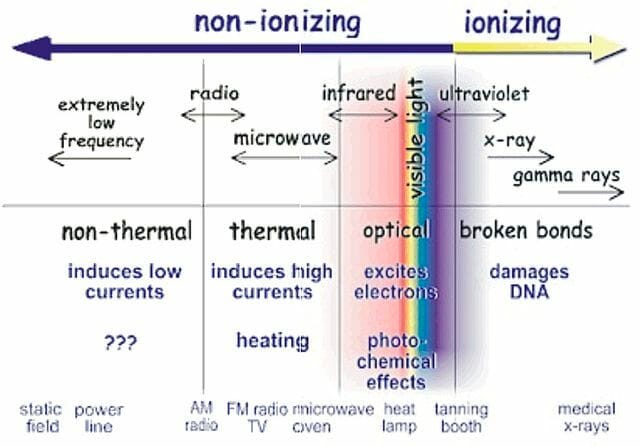

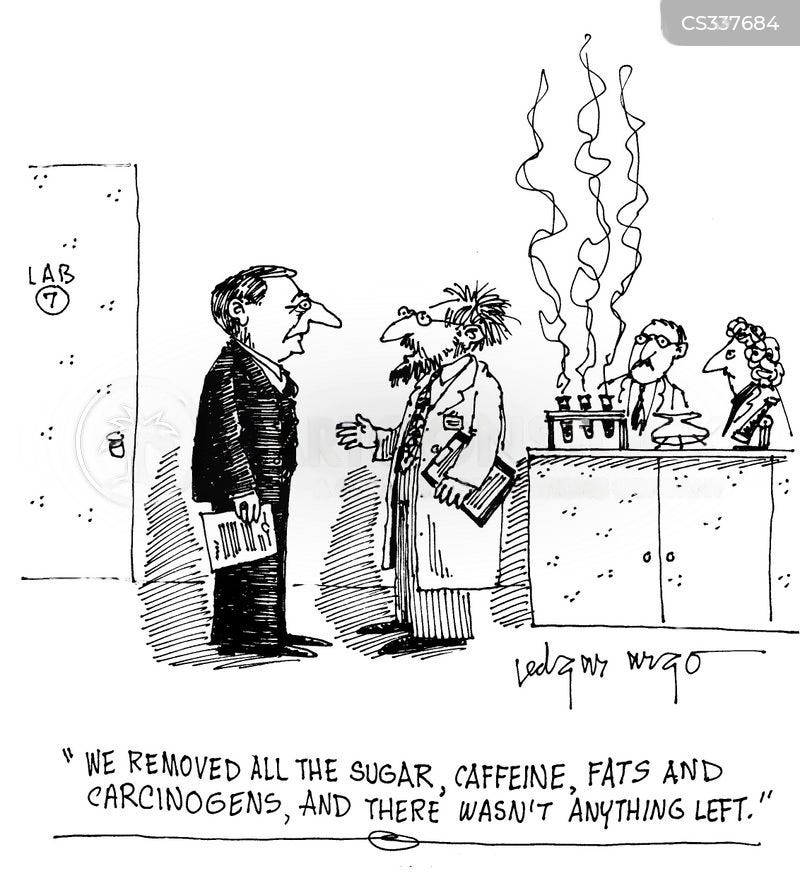
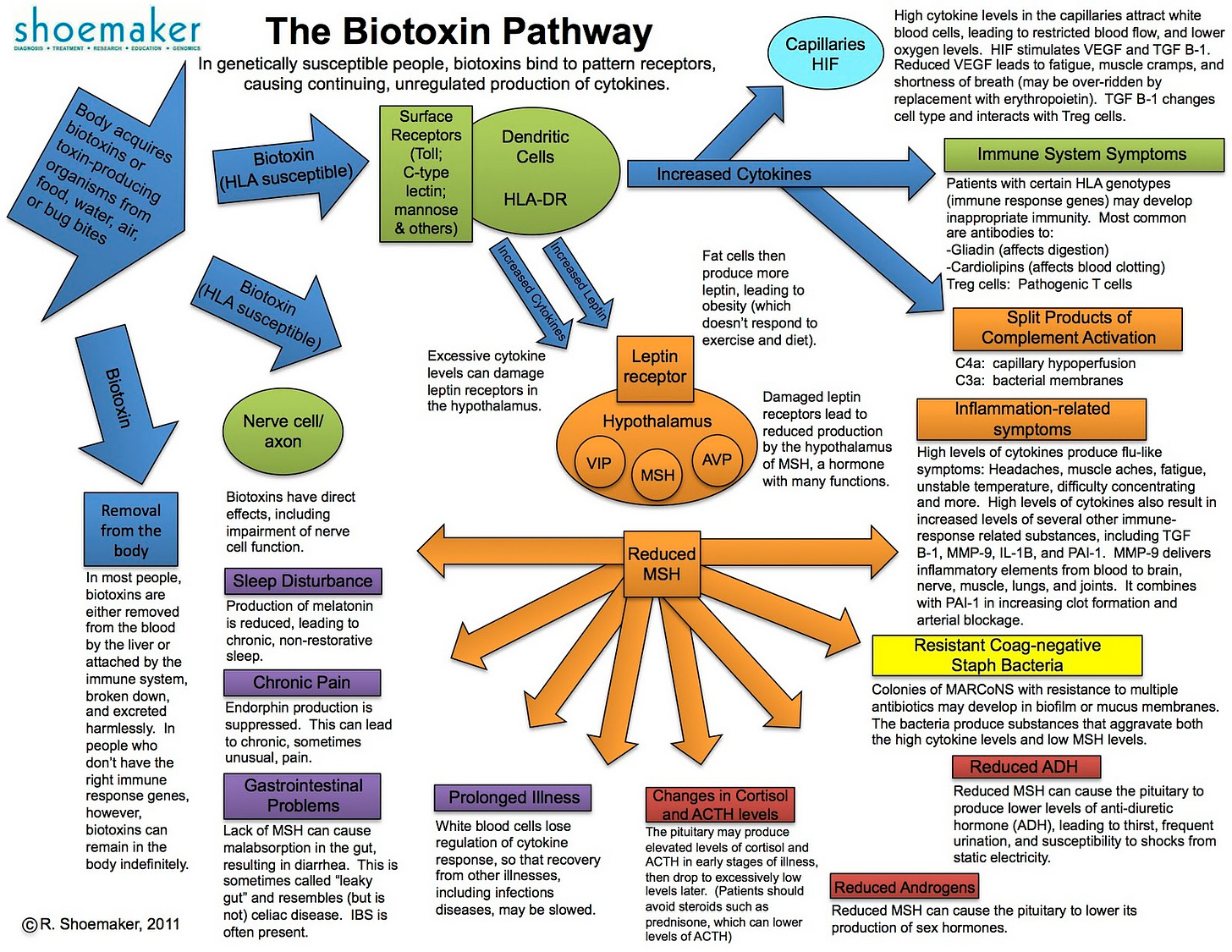


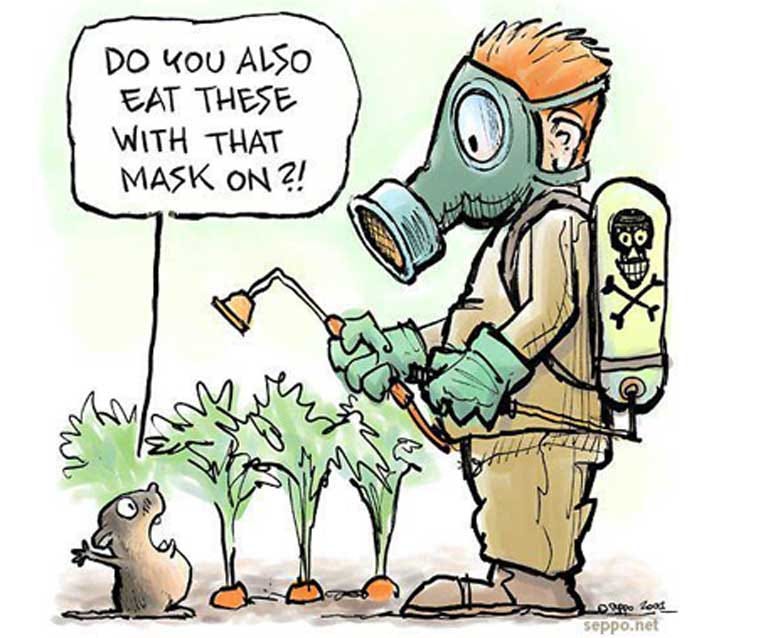
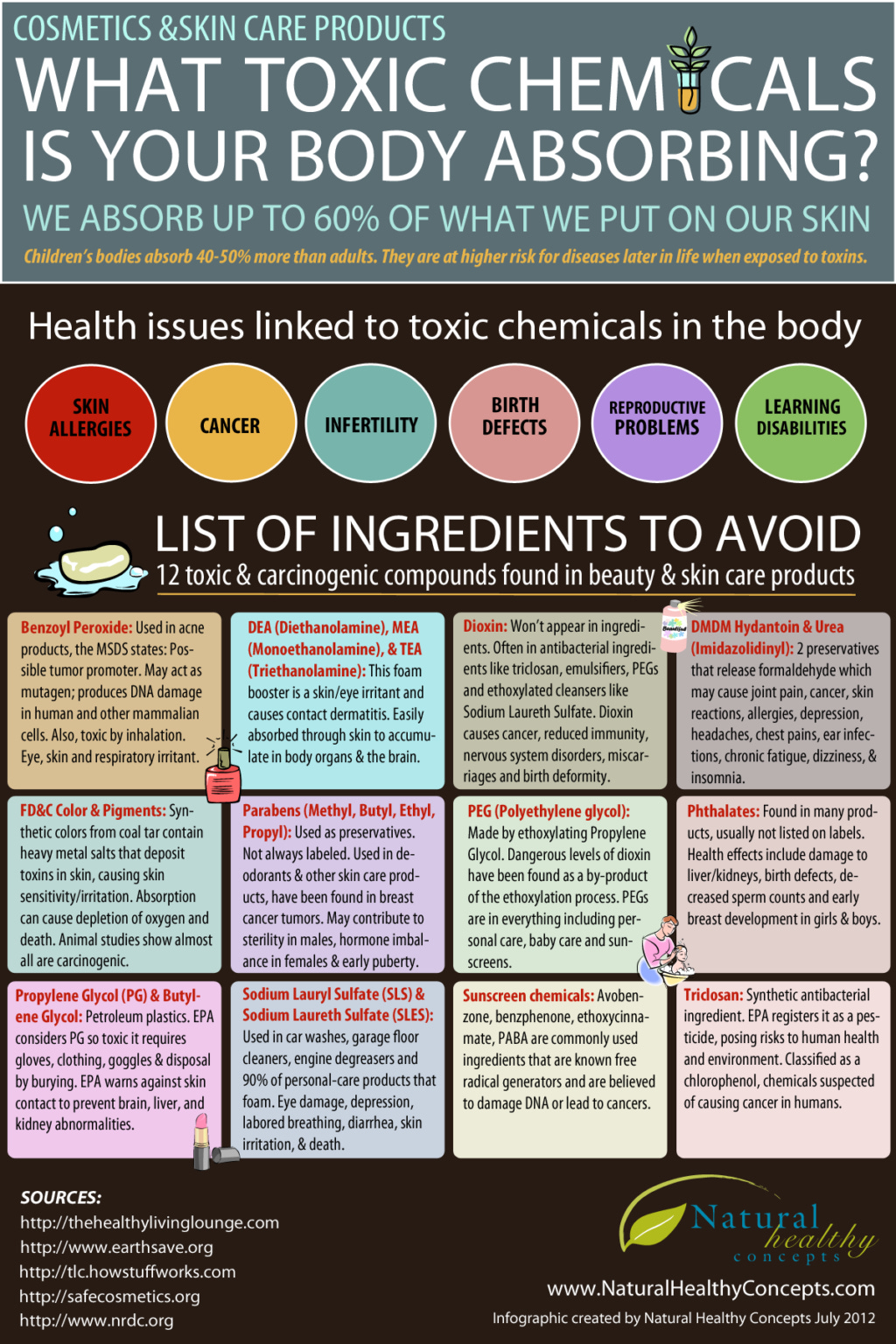
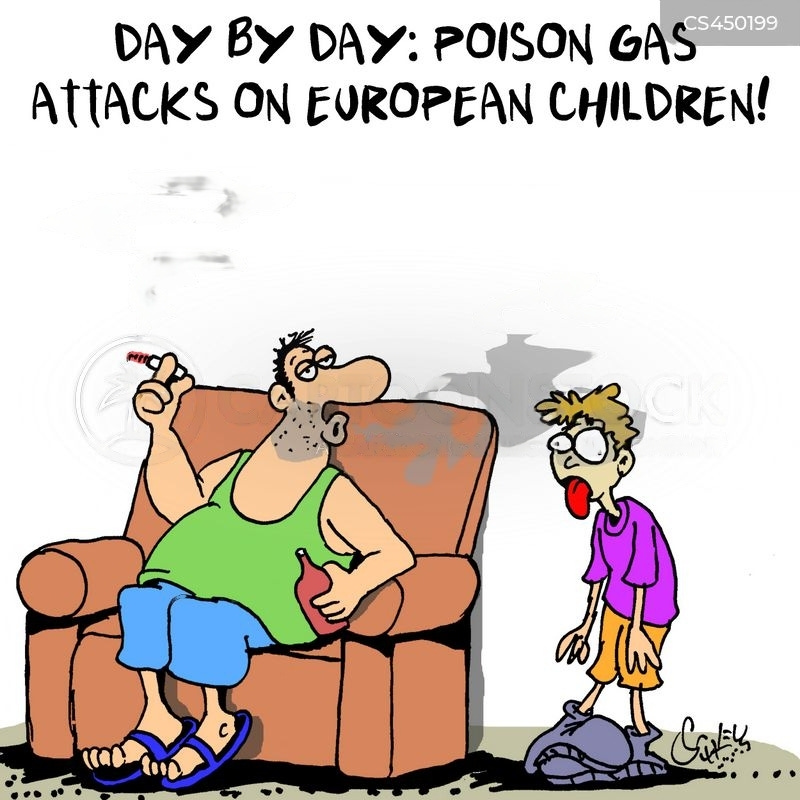




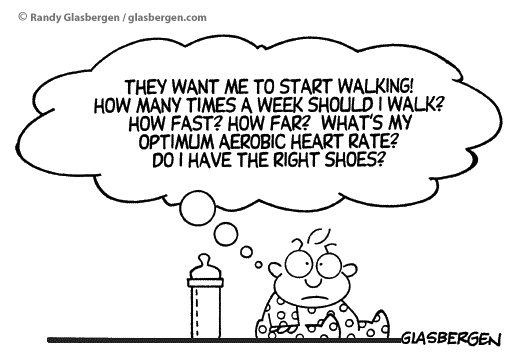

No comments:
Post a Comment